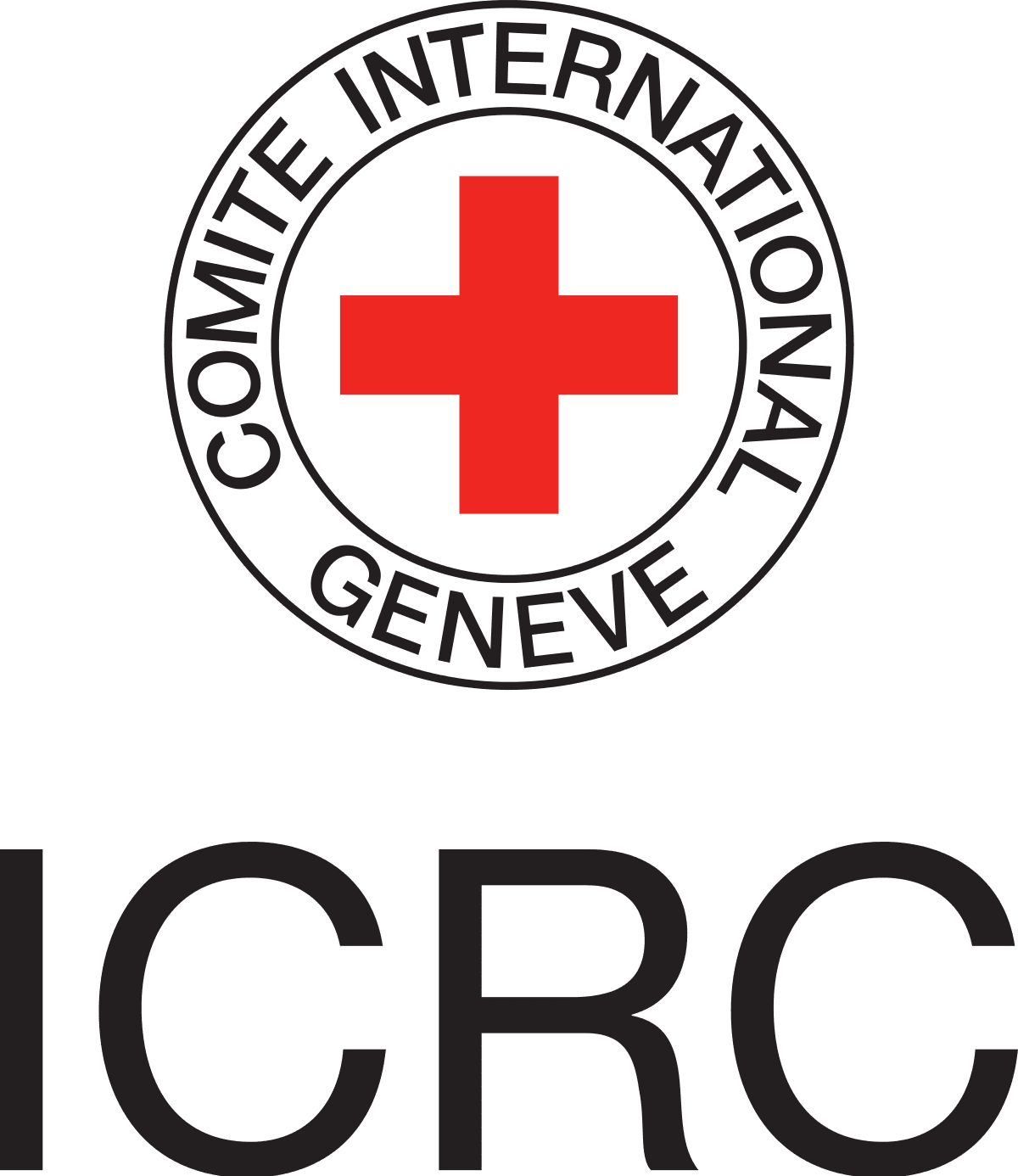Addressing Security and Human Rights Challenges in Complex Environments
No need to read the whole tool.
Navigate to your challenge area, identify your risk, and find good practices and solutions to security and human rights problems.
The Toolkit is for any company facing security and human rights challenges in complex environments.
In addition to company security managers, operational field staff, and sustainability and compliance officers, the Toolkit can also support the work of governments, international organisations, civil society and investors committed to promoting responsible business conduct.
Toolkit Challenge Areas
The Toolkit is divided into four challenge areas:
Video: How to use the Security and Human Rights Toolkit

How to use this Toolkit
The Toolkit identifies and responds to real-life challenges faced by companies. Challenge areas explore risks and opportunities relating to host governments, public security, private security and communities. The Toolkit then provides targeted guidance, good practices, case studies, practical resources and tools to help users navigate each risk.
View Quick Guide
The challenge: Making sense of complex operating environments and an evolving regulatory landscape
The Toolkit facilitates risk management and compliance by providing a ‘one stop shop’ that brings together key international standards and mandatory human rights due diligence requirements. Integrating the Toolkit’s good practices at corporate and operational levels will help companies contribute to sustainable development and maintain their social licence to operate.
About the Toolkit

